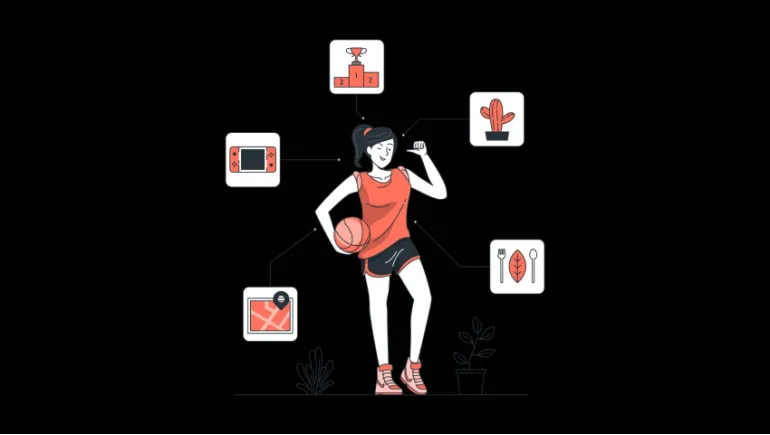
Technology is everywhere—our work, relationships, and even relaxation depend on it. But let’s be real: too much screen time drains focus, disrupts sleep, and spikes stress levels. The challenge today isn’t whether we use tech, but how we use it wisely. Imagine waking up refreshed instead of reaching for your phone the second your eyes open. That’s what healthy tech habits can do for you.
Scrolling first thing in the morning sets your brain on a reactive path. Instead, try a morning routine that doesn’t involve screens: stretch, journal, or sip your coffee without checking emails.
This small shift can improve mood and set the tone for a focused day. People who begin their day without tech often report less anxiety and more clarity.
Most smartphones now come with built-in screen time monitoring tools. Tracking your usage is the first step to cutting back.
Look at your weekly report. Shocked by the hours? Good—that awareness helps you set realistic limits. For example, cap social media to 30 minutes per day. Over time, you’ll notice more space for hobbies, family, or rest.
The numbers don’t lie—your phone can reveal how much of your life you’re trading for endless scrolling.
Boundaries matter. Create areas in your home where tech isn’t allowed—like the bedroom or dining table. These zones encourage meaningful conversations and better sleep.
Research shows people who avoid devices in bed fall asleep faster and enjoy deeper rest. Protecting those spaces can improve both your mental and physical health.
Multitasking with tech sounds efficient but often lowers productivity. Watching TV while scrolling TikTok? You’re actually overloading your brain.
Try focusing on one screen at a time. If you’re working on your laptop, put your phone out of reach. If you’re watching a movie, close other apps. This helps you engage more fully and enjoy the activity.
You don’t need to quit technology to reset your brain. Even short digital detoxes make a difference.
Start with a tech-free hour each evening. Once you’re comfortable, expand it into a full day on the weekend. Activities like reading, cooking, or nature walks remind you that life exists beyond notifications.
Disconnect to reconnect—sometimes the best Wi-Fi signal is no signal at all.
Healthy tech habits aren’t about rejection—they’re about smarter use. Turn your devices into wellness allies:
When technology becomes a tool for growth instead of distraction, you’ll feel more in control.
Whether you’re a parent, partner, or team leader, your tech habits influence others. If kids see you glued to your phone at dinner, they’ll do the same.
Set an example by practicing balance. Share your goals with friends or family, and encourage them to join. Healthy tech use becomes easier—and more sustainable—when practiced together.
Unhealthy tech use contributes to stress, burnout, and weakened focus. By creating structure around screen time, you regain control over how technology impacts your life.
Technology should serve your goals, not steal your time. The right habits ensure you’re using devices to enhance your life—not escape it.
Building healthy tech habits doesn’t require extreme measures like ditching your smartphone. It’s about small, intentional choices that improve your focus, sleep, and overall well-being.
Start simple: limit morning screen use, set tech-free zones, and schedule breaks. Over time, these choices add up to a balanced digital lifestyle—one where you feel energized, not drained.












Comments
There are no comments for this Article.